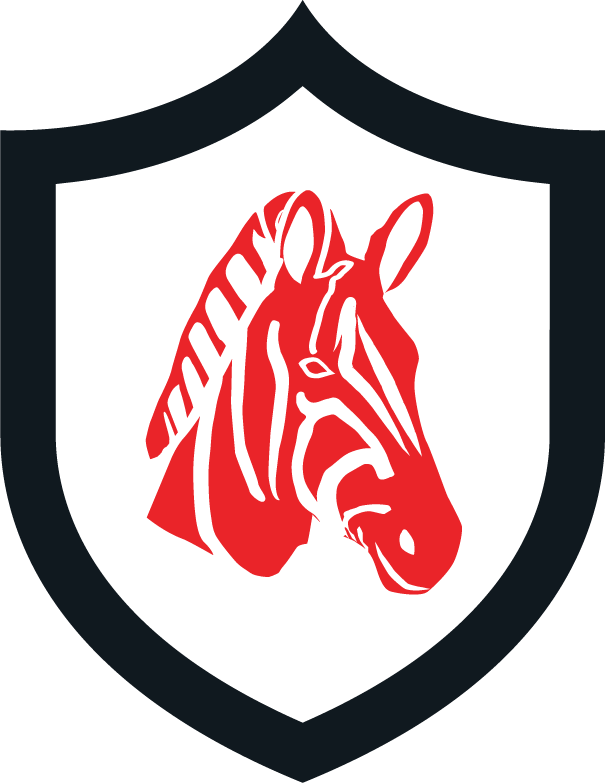
Is Your Team Growing? You NEED To Understand The 5 Stages Of Team Development
Marketing Sugano
As the business owner or as a member of the executive team within your MSP, you've been around the block a few times and probably have lots of stories to share when it comes to bringing on new staff, building teams and managing your company culture.
With all of the different scenarios you have running through your head, tell me.... does it ever get easier to acclimate a new employee into your environment? Chances are (regardless how smoothly or otherwise), your team and the new team member(s) go through multiple phases of "getting acquainted".
 Regardless the role you're filling, there generally tends to be an emotional cycle employees will run through that looks like this:
Regardless the role you're filling, there generally tends to be an emotional cycle employees will run through that looks like this:
 Forming a team takes time, and members often go through recognizable stages as they change from being a collection of strangers to a united group with common goals. Bruce Tuckman's Forming, Storming, Norming, Performing and Adjourning model describes these stages. When you understand it, you can apply various techniques to your team in order to more efficiently and effectively peak through the transitional phases and pick up momentum sooner at the Performing stage.
Take a look at the chart below to get a better understanding of each phase, their purpose and the likely behavioral patterns you probably recognize from your own experiences.
Forming a team takes time, and members often go through recognizable stages as they change from being a collection of strangers to a united group with common goals. Bruce Tuckman's Forming, Storming, Norming, Performing and Adjourning model describes these stages. When you understand it, you can apply various techniques to your team in order to more efficiently and effectively peak through the transitional phases and pick up momentum sooner at the Performing stage.
Take a look at the chart below to get a better understanding of each phase, their purpose and the likely behavioral patterns you probably recognize from your own experiences.
 As a leader within your organization, your goal is to help your staff perform well and as quickly as possible. To do this, you'll need to flex your style at each stage.
Follow the steps below to ensure that you're doing the right thing at the right time:
As a leader within your organization, your goal is to help your staff perform well and as quickly as possible. To do this, you'll need to flex your style at each stage.
Follow the steps below to ensure that you're doing the right thing at the right time:
 If this topic resonates with your current situation and want to take a deeper dive into each stage, check out the following resources:
If this topic resonates with your current situation and want to take a deeper dive into each stage, check out the following resources:
 Regardless the role you're filling, there generally tends to be an emotional cycle employees will run through that looks like this:
Regardless the role you're filling, there generally tends to be an emotional cycle employees will run through that looks like this:
- Starts with a mix of uncertainty, anxiety and excitement
- Evolves into a sprint of ambivalence and possible irritation
- Shortly followed by an absolute calm stagnation before productivity really takes off and you're able to measure the actual value the new position brings in
- And, finally... a near mourning when the person leaves the position, regardless where the person is going or how much they were even "loved" as a teammate
The 5 Stages
Tuckman suggested that the life cycle of a team involves five stages. At each stage, the dynamics of the team change dramatically from periods of inefficiency and uneasiness through to a period of high performance and eventually a period of adjourning as the team changes and people move on. Forming a team takes time, and members often go through recognizable stages as they change from being a collection of strangers to a united group with common goals. Bruce Tuckman's Forming, Storming, Norming, Performing and Adjourning model describes these stages. When you understand it, you can apply various techniques to your team in order to more efficiently and effectively peak through the transitional phases and pick up momentum sooner at the Performing stage.
Take a look at the chart below to get a better understanding of each phase, their purpose and the likely behavioral patterns you probably recognize from your own experiences.
Forming a team takes time, and members often go through recognizable stages as they change from being a collection of strangers to a united group with common goals. Bruce Tuckman's Forming, Storming, Norming, Performing and Adjourning model describes these stages. When you understand it, you can apply various techniques to your team in order to more efficiently and effectively peak through the transitional phases and pick up momentum sooner at the Performing stage.
Take a look at the chart below to get a better understanding of each phase, their purpose and the likely behavioral patterns you probably recognize from your own experiences.
 As a leader within your organization, your goal is to help your staff perform well and as quickly as possible. To do this, you'll need to flex your style at each stage.
Follow the steps below to ensure that you're doing the right thing at the right time:
As a leader within your organization, your goal is to help your staff perform well and as quickly as possible. To do this, you'll need to flex your style at each stage.
Follow the steps below to ensure that you're doing the right thing at the right time:
- Identify the stage of team development that your team is at from the descriptions above.
- Consider what you need to do to move towards the performing stage.
- Schedule regular reviews of where your team is, and adjust your behavior and leadership style appropriately to accommodate your team's current status.
 If this topic resonates with your current situation and want to take a deeper dive into each stage, check out the following resources:
If this topic resonates with your current situation and want to take a deeper dive into each stage, check out the following resources:






